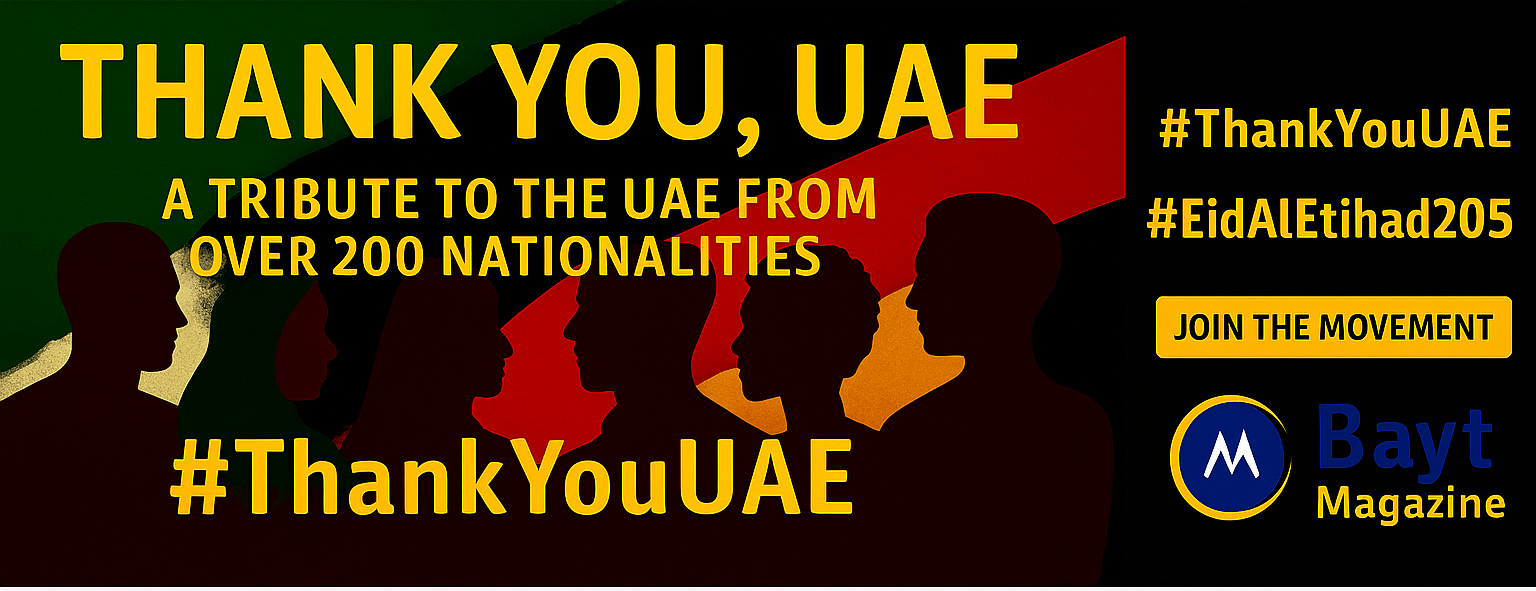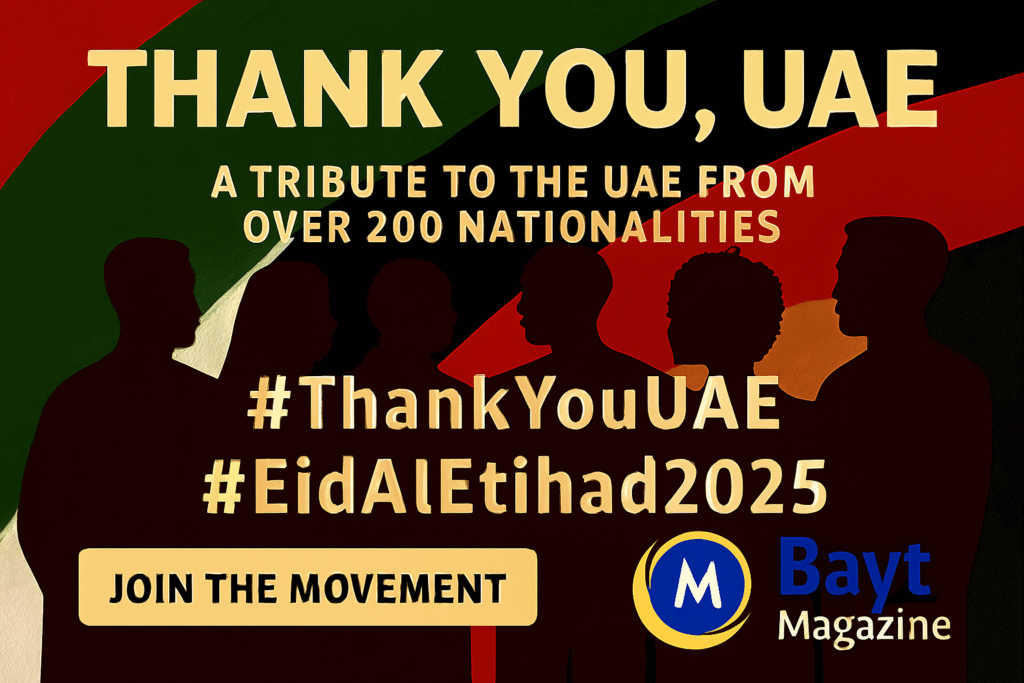Financial inclusion remains a global challenge. More than 1.4 billion adults still don’t have simple banking services. The UAE is pioneering change through its ambitious FinTech for all initiative that revolutionizes how people interact with financial services.
Dubai aims to become one of the world’s top four financial hubs by 2033. This vision powers its digital transformation. The Dubai FinTech Summit 2025, set for May 12-13 at Madinat Jumeirah, marks a milestone in this experience. The summit brings together global leaders, innovators, and financial institutions to create an inclusive financial future.
This piece shows how UAE’s digital financial services break down old barriers. We’ll explore the most important developments, success stories, and innovations that make finance available to people of all economic levels across the nation.
The Evolution of UAE’s Digital Financial Landscape
The UAE’s financial world has seen remarkable changes in the last decade. Traditional brick-and-mortar banking has given way to an ecosystem where cutting-edge digital solutions thrive. This development mirrors successful global initiatives and establishes a unique financial hub with its own approach to financial inclusion.
From traditional banking to digital breakthroughs
UAE’s original push toward digital innovation came from a vision to create a more available financial ecosystem. UAE’s banking sector served customers through physical branches that required in-person interactions for most services. The global move toward digitalization prompted UAE financial institutions to start a transformation mission.
UAE banks integrated mobile and digital solutions into their service offerings, just like Kenya’s successful M-PESA launch in 2007 that drove formal financial inclusion to over 80 percent of their population. Their approach combines traditional banking infrastructure’s strengths with digital channels, as with India’s “phygital” model showed by Fino Payments Bank.
UAE Central Bank led this transition by creating frameworks that balanced breakthroughs with stability. This regulatory flexibility—a key success factor also seen in Kenya’s fintech growth—let financial institutions test digital solutions while maintaining system integrity.
Key milestones in UAE’s fintech experience
UAE’s fintech development features these most important developments:
- Regulatory sandbox implementation – UAE created regulatory sandboxes that let fintech innovators test new products and services under supervision, as with South Africa’s Intergovernmental Fintech Working Group approach.
- Digital wallet proliferation – Digital wallets changed how residents transfer money, pay bills, and manage finances. These platforms gained wide adoption because they’re convenient and immediate.
- Interoperability advancement – UAE made payments flow seamlessly between different service providers. This enhanced user’s experience and cut transaction costs—a critical part of successful digital financial ecosystems worldwide.
- Simplified customer due diligence – UAE made digital account opening more available through streamlined KYC processes while keeping security standards high.
- Public-private partnerships – Government entities worked with private sector innovators to speed up fintech development, matching successful models from other markets.
Current state of digital financial services
UAE’s digital financial world shows impressive progress in creating an inclusive ecosystem. Digital channels have become the main way to send and receive money, matching trends in other markets where cell phone transfers, internet banking, and banking apps are popular.
The market has moved strongly from cash to digital payments, especially for daily transactions. This change makes transactions safer than carrying cash and provides instant fund transfers.
Connectivity challenges exist, but network infrastructure reliability affects digital financial service adoption. On top of that, systems failures and high connectivity costs block some population segments from accessing services.
Dubai FinTech Summit 2025’s theme “FinTech for All” tackles these challenges by showcasing breakthroughs in affordability, transparency, and security. Tony O. Elumelu, United Bank of Africa’s Chairman, and Vijay Shekhar Sharma, Paytm’s Founder, will join other global leaders to discuss enhancing financial inclusion through digital breakthroughs.
UAE’s Central Bank supports technological breakthroughs to improve financial inclusion. They collect data to track progress and work with fintech startups to bring innovative solutions to market—especially for underserved population segments.
UAE Central Bank’s Role in Driving Financial Inclusion

Image Source: FinTech Futures
The UAE Central Bank stands at the center of the country’s financial progress. It creates a balanced regulatory environment that promotes innovation while keeping stability intact. The Central Bank’s initiatives have opened up financial services to people from all economic backgrounds.
Regulatory frameworks supporting digital finance
The UAE Central Bank has created a forward-thinking regulatory framework that welcomes financial innovation through a test-and-learn approach. Like Kenya’s successful M-PESA model, this regulatory flexibility helps fintech companies grow throughout the Emirates.
The Central Bank’s most effective regulatory breakthroughs include:
- Regulatory sandboxes that provide safe testing environments for innovative financial products before wider market deployment
- Simplified customer due diligence procedures that streamline account opening while maintaining security standards
- Coordinated regulatory oversight that addresses the challenge of multiple regulatory authorities common in the MENA region
“Regulatory clarity is essential for fintech innovation,” notes Dr. Bernd van Linder, CEO of Commercial Bank of Dubai, who will be speaking at the upcoming Dubai FinTech Summit. “The Central Bank’s balanced approach has created an environment where traditional banks and fintech startups can thrive together.”
National financial inclusion initiatives
The UAE Central Bank has launched several groundbreaking programs to expand financial access. So these programs have reduced barriers by a lot for previously underserved populations.
The life-blood initiative mirrors South Africa’s Rapid Payments Program, designed as “a viable alternative to cash payments with a core focus on humanizing digital payments.” This system lets people use digital payments for low-value but high-volume transactions usually done in cash.
More importantly, the Central Bank gathers and tracks detailed data on financial inclusion progress to refine policies based on evidence. This information-driven approach mirrors successful models from financial authorities worldwide and will give initiatives that adapt to changing needs.
We have a long way to go, but we can build on this progress. The Central Bank recognizes challenges like digital systems failures and connectivity issues in some regions. New initiatives now focus on building technological infrastructure to support reliable digital financial services, recognizing that “infrastructure problems can make digital payments less effective.”
Collaboration with private sector
The UAE Central Bank has built mutually beneficial alliances with private sector partners to speed up financial innovation. These collaborations blend regulatory guidance with market-driven solutions to help underserved communities.
Bank-led approaches to financial inclusion get strong support from the Central Bank through increased competition with differentiated banking licenses for non-banks. This approach has worked well in other markets like India, where “the growth in financial inclusion has been entirely led by banks.”
Tony O. Elumelu, Chairman of United Bank for Africa and a featured speaker at the upcoming Dubai FinTech Summit 2025, highlights the value of such collaboration: “When central banks and private financial institutions align their inclusion goals, we see exponential growth in access to essential financial services.”
The Central Bank’s strategy has extensive agent networks like those that made mobile money platforms successful in Kenya and other markets. These physical touchpoints work alongside digital channels, creating what Fino Payments Bank in India terms a “phygital approach” that has brought banking to millions.
The Dubai FinTech Summit 2025, themed “FinTech for All,” will showcase the UAE Central Bank’s work in building an available financial ecosystem that works for everyone—whatever their economic status or location.
Success Stories: Digital Wallets Transforming UAE Banking

Image Source: DXB Apps
Digital wallets in the UAE represent a milestone in the country’s push for financial inclusion. These innovative payment solutions help bridge gaps in traditional banking and provide seamless financial services to people who previously lacked access.
Popular digital wallet solutions in UAE
UAE has created several successful digital wallet platforms that work like global success stories such as Kenya’s M-PESA and Ghana’s MTN Mobile Money (MoMo). These solutions provide core person-to-person payment capabilities supported by extensive agent networks where customers can convert cash to e-money and vice versa.
UAE digital wallets work like Fino Payments Bank’s “phygital approach” in India by combining digital convenience with physical access points. This strategy helps reach people who aren’t familiar with purely digital interfaces.
Key features of successful UAE digital wallets include:
- Person-to-person and person-to-business payments
- Bill payment capabilities for utilities and services
- Merchant payment systems for everyday transactions
- Partnership-based expanded services with traditional banks
“The UAE’s digital wallet ecosystem illustrates how thoughtful financial design can create inclusive services,” notes Vijay Shekhar Sharma, Founder & CEO of Paytm, who will address these innovations at the Dubai FinTech Summit 2025.
Effect on unbanked and underbanked populations
Digital wallets have expanded financial access across all economic levels in the UAE. Like Fino Payments Bank’s expansion “across the length and breadth” of India, UAE’s solutions now reach communities that traditional banking couldn’t serve.
These platforms proved valuable during crises by enabling direct benefit transfers to vulnerable populations—similar to how Fino handled government welfare payments during Covid-19. This outreach shows how financial inclusion creates social benefits beyond convenience.
Simple customer due diligence processes—like those that helped Kenya’s mobile banking grow—have removed major barriers to account opening while security standards remain strong.
User adoption statistics and trends
UAE residents now prefer digital channels for sending and receiving money. This matches trends in other markets where digital options like cell phone money, internet banking, and banking apps are more popular than informal cash-based channels.
Industry data shows UAE has fewer people “sending cash via bus or taxi”—a pattern that matches findings from the FinScope Consumer Survey 2021 in other markets.
Three main benefits drive adoption:
- Time savings – no more visits to physical banks
- Safety enhancement – less risk from carrying cash
- Transaction convenience – instant transfers with digital records
The upcoming Dubai FinTech Summit 2025, themed “FinTech for All,” will feature speakers like Tony O. Elumelu, Chairman of United Bank for Africa, who will discuss how to expand these digital wallet success stories across all economic levels.
Microfinance Innovations Reaching New Demographics

Image Source: Fintech News Middle East
State-of-the-art lending models are changing UAE’s financial scene by bringing credit services to people who couldn’t access them before. Digital microfinance solutions have changed traditional borrowing paths and now offer custom products to unbanked and underserved communities across the region.
How fintech startups are democratizing lending
UAE fintech startups have built strong digital credit systems, much like Kenya’s successful M-PESA progress. These platforms utilize mobile technology and alternative data sources for credit decisions instead of requiring traditional banking relationships.
The customer acquisition strategies for these lending platforms show a clear pattern:
- A social-first approach (70%) and word-of-mouth referrals (68%) lead customer acquisition
- Websites (65%) are vital touchpoints
- Mutually beneficial alliances with local financial institutions (46%) create valuable distribution channels
These platforms offer fully automated digital credit products as with Kenya’s MShwari—a mobile-operated bank account that provides interest-earning savings and digital loans. Lending has become more available since these services launched. The simplified customer due diligence processes play a key role in adoption.
Success stories of small business empowerment
Digital lending platforms across UAE enable small businesses to succeed, just as M-PESA helped two percent of Kenyan households escape poverty. Better financial resilience, increased savings capabilities, and a move from traditional jobs to entrepreneurship drive this change.
Female entrepreneurs have particularly benefited from these advances, matching the “substantially positive effect on women” seen in Kenya’s mobile money system. These platforms help businesses scale quickly by removing middlemen and cutting transaction costs, even for those without traditional banking records.
Challenges and opportunities in microfinance
In spite of that, some obstacles remain. Regulatory uncertainty is the biggest problem, with about 54% of fintech companies in some regions pointing to “unfavorable regulatory environment” as a growth barrier. Fintech startups also face funding challenges, which surveys show as a top-three issue across multiple markets.
The Dubai FinTech Summit 2025 will tackle these challenges through special sessions featuring Tony O. Elumelu, whose focus on enabling entrepreneurs fits perfectly with the summit’s “FinTech for All” theme. The summit will showcase new regulatory frameworks that balance innovation with consumer protection—essential for sustainable microfinance growth.
Dubai FinTech Summit 2025: Accelerating Financial Inclusion
Image Source: Dubai FinTech Summit
The third edition of Dubai FinTech Summit (DFS) will take place on May 12-13, 2025, at Madinat Jumeirah, Dubai. This life-blood event in the global fintech calendar has received patronage from H.H. Sheik Maktoum bin Mohammed bin Rashid Al Maktoum. The summit lines up with Dubai Economic Agenda D33 and supports Dubai’s vision to become one of the world’s top four financial hubs by 2033.
Overview of the summit’s ‘FinTech for All’ theme
The “FinTech for All” theme goes beyond technological advancement. It focuses on core principles that make finance available to everyone.
Affordability leads the way as the summit explores how innovative technologies can create budget-friendly financial solutions for underserved populations. Empowerment is a vital element that shows how mobile banking, digital wallets, and personal finance tools enable users to manage their financial futures.
The summit highlights several other key aspects: innovation tackles longstanding financial challenges, transparency builds trust in financial systems, security protects personal and business data, and investment stimulates continued growth in the financial ecosystem.
Key speakers and sessions focused on accessibility
The 2025 summit features an impressive lineup of global financial leaders who champion financial inclusion:
- H.E. Marko Primorac, Deputy Prime Minister of Croatia and Minister of Finance
- Tony O. Elumelu, Chairman of United Bank for Africa and founder of Tony Elumelu Foundation
- Vijay Shekhar Sharma, Founder & CEO of Paytm, India
- Dr. Bernd van Linder, CEO of Commercial Bank of Dubai
These leaders will join representatives from the UAE Central Bank and fintech startups focused on microfinance and digital wallets. They will address regulatory frameworks, technology implementation, and market-led initiatives that have proven effective in supporting fintech industry development.
Expected outcomes for UAE’s financial ecosystem
The summit wants to strengthen collaboration between regulators and innovators. Industry data shows that market-led initiatives work better than purely regulatory approaches.
DFS 2025 will help discussions about developing technological infrastructure that promotes economic growth through stronger broadband and telecommunications networks. These improvements will address current challenges like digital systems failures and connectivity issues that limit financial inclusion efforts.
Digital breakthroughs in finance are the life-blood of UAE’s economic future. The country uses a detailed strategy that combines flexible regulations with tech advances to break down traditional banking barriers. Small businesses and individuals who previously lacked banking access now benefit from digital wallets, microfinance breakthroughs, and simpler banking processes.
UAE Central Bank’s initiatives take inspiration from proven global models while creating unique regional solutions. These efforts line up with Dubai’s goal to become a leading global financial hub by 2033. Digital wallet and microfinance success stories show the ground effect of these programs, especially when you have small businesses and entrepreneurs.
Dubai’s FinTech Summit 2025 marks a crucial step in this experience. The event will take place on May 12-13 at Madinat Jumeirah. Global leaders Tony O. Elumelu and Vijay Shekhar Sharma will work with regional pioneers to tackle key challenges and showcase solutions that make finance available to people at all economic levels.
Connection problems and regulatory hurdles still exist. However, UAE maintains its steadfast dedication to financial inclusion through digital change. Government bodies, financial institutions, and fintech pioneers work together to make Dubai a driving force for positive change in global finance.






